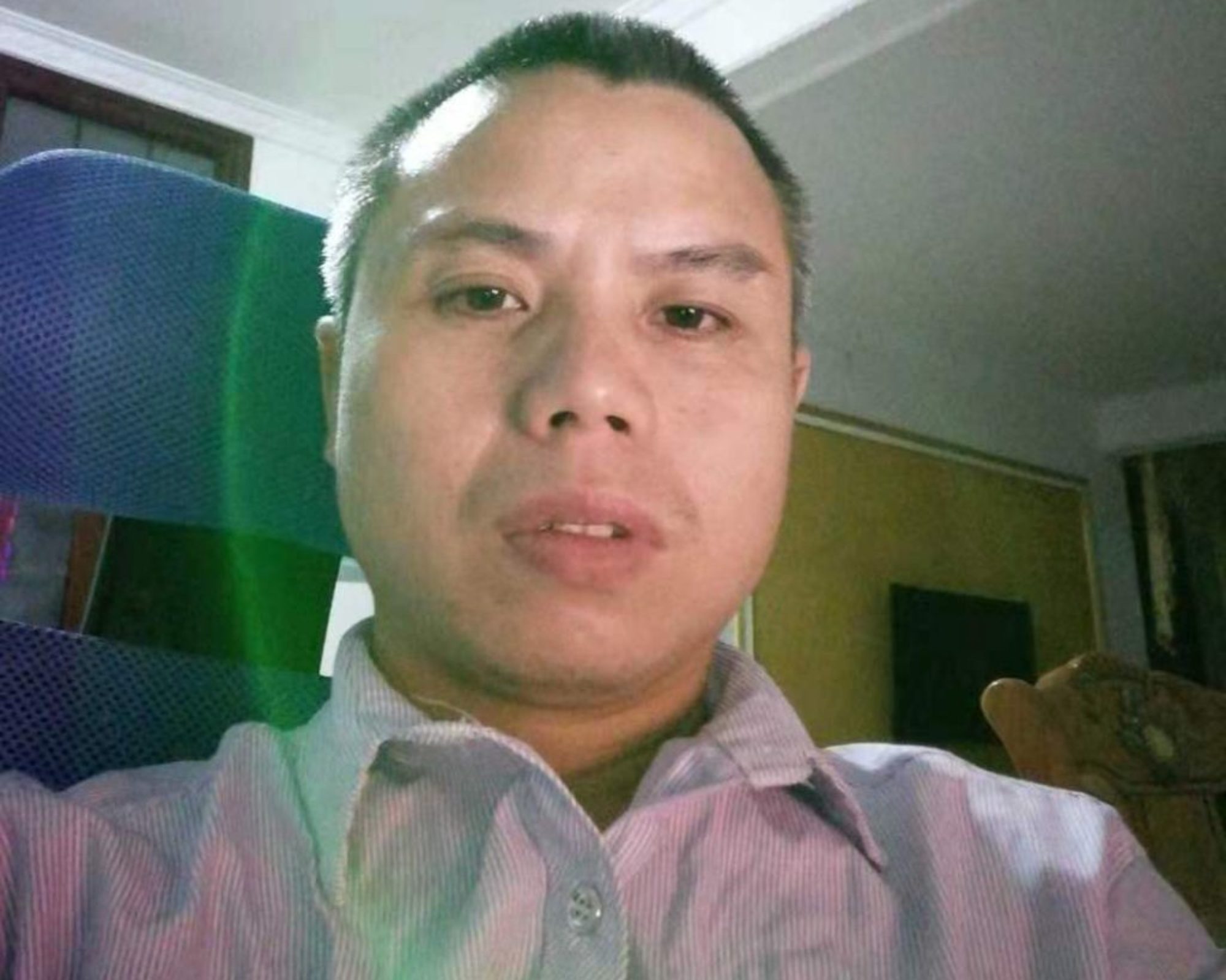(Xinhua)09:25, June 28, 2019![]()
VIENTIANE, June 28 (Xinhua) — The new compound of Confucius Institute of National University of Laos (NUOL) has been handed over in Lao capital Vientiane, with Chinese Ambassador to Laos Jiang Zaidong and Lao Minister for Education and Sports Sengduean Lachanthaboun signing the handover certificate.
A ceremony was held to mark the handover and the compounds putting into operation at the NUOL campus on Wednesday, at which Chinese Ambassador Jiang noted, soon after China and Laos established the comprehensive strategic cooperative partnership in 2009, the Confucius Institute was also formally inaugurated at NUOL in 2010.
Jiang, when addressing the ceremony, said the NUOL Confucius Institute has been a front-line platform for bilateral education and training cooperation, which has not only excellently accomplished its teaching cause, but also brought up 185 local Chinese language teachers.
Jiang said the NUOL Confucius Institutes development will take advantage of the implementation of the action plan on building the China-Laos community with a shared future.
Sengduean said education cooperation is among the important sectors of the Laos-China practical cooperation. That China provides various scholarships and training opportunities to Laos every year, has made important contribution to exploring human resources for socio-economic development in Laos.
While the new NUOL Confucius Institute compound is spacious and bright with sufficient equipment, the Lao minister hopes the NUOL can make effective use of the facilities, to further build the Confucius Institute into a window for Lao people to look into China, a platform for bilateral culture exchanges, a bridge for the two peoples heart-to-heart communication, as well as to train more talent for the countrys development.

